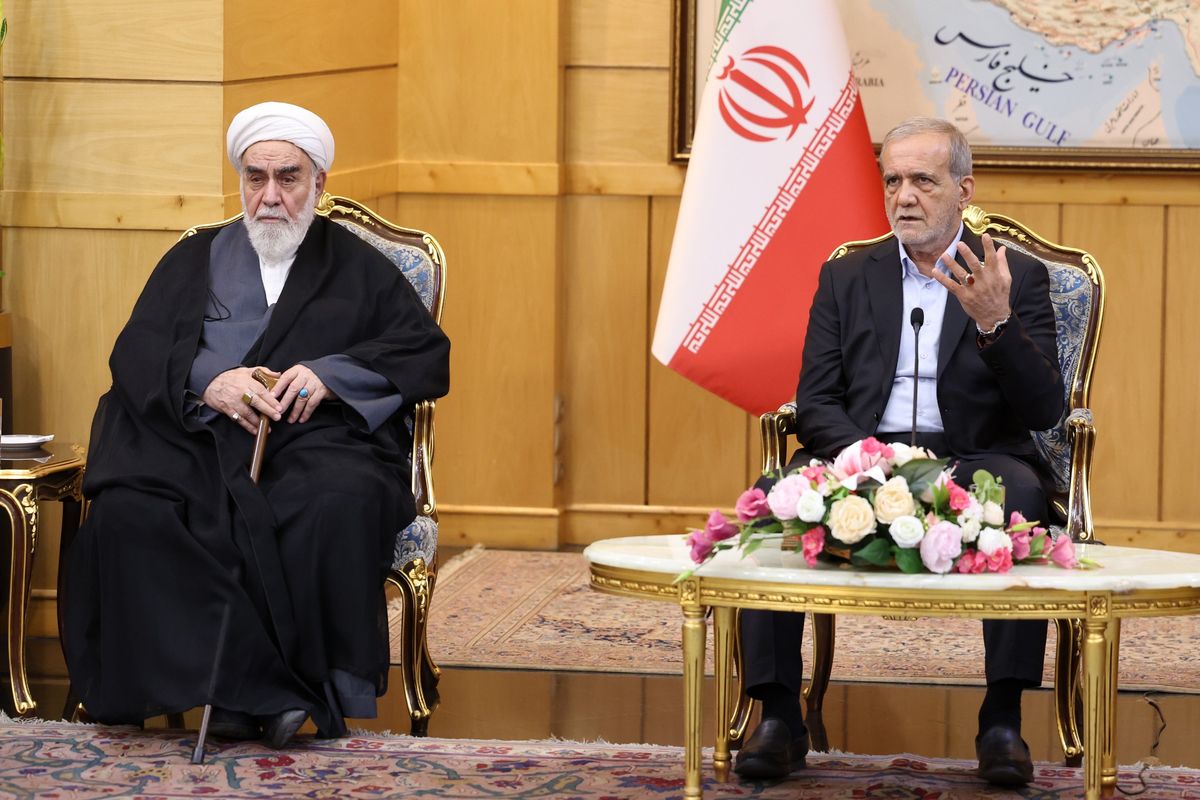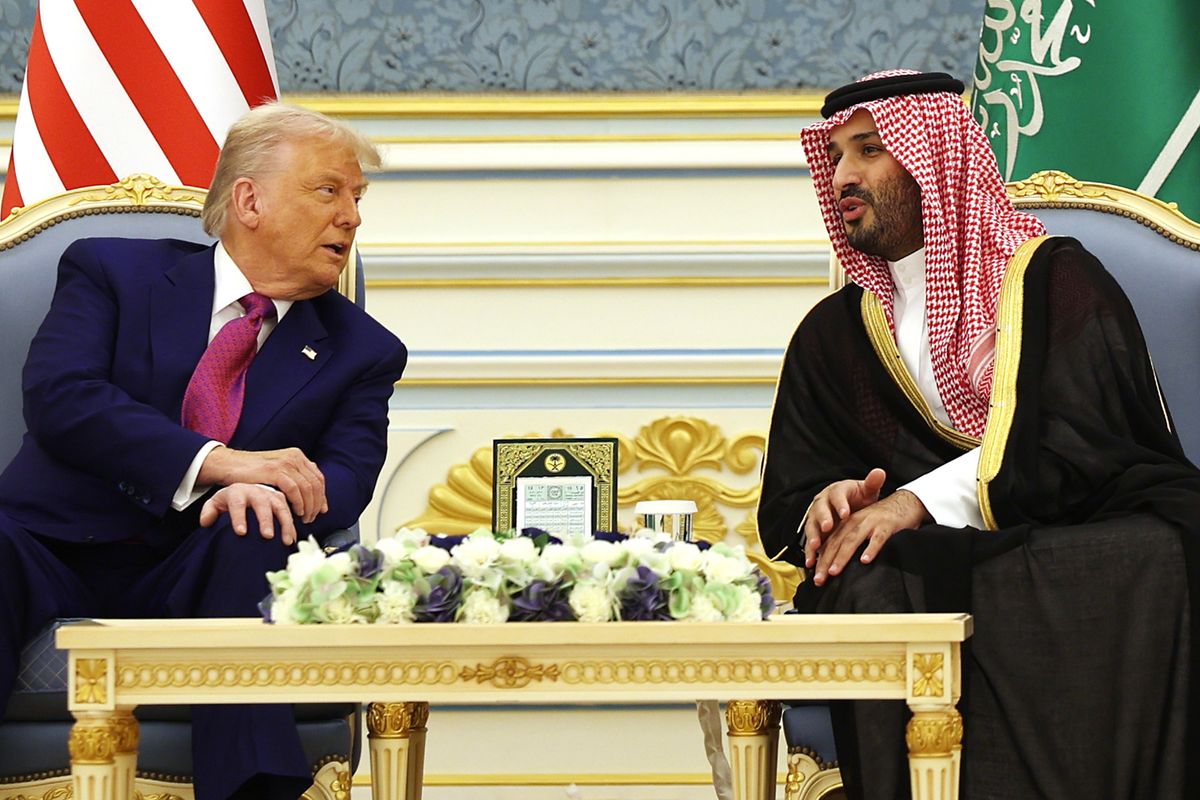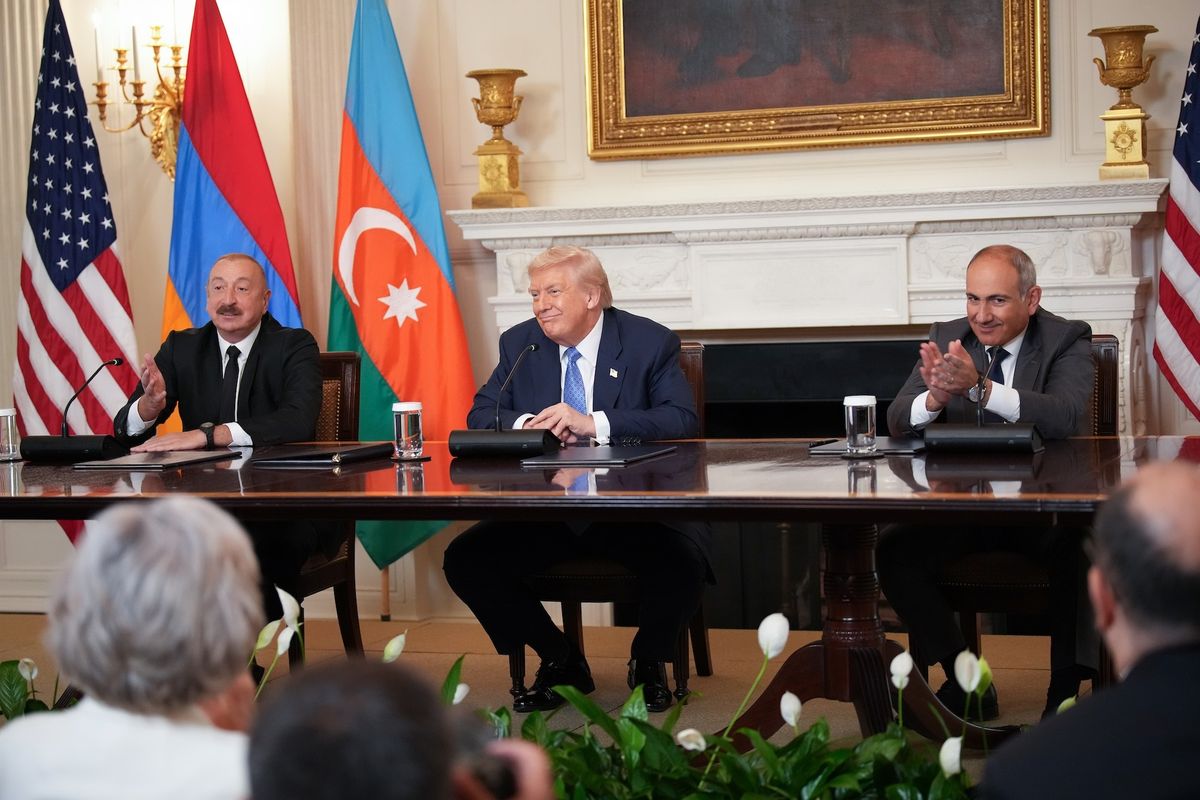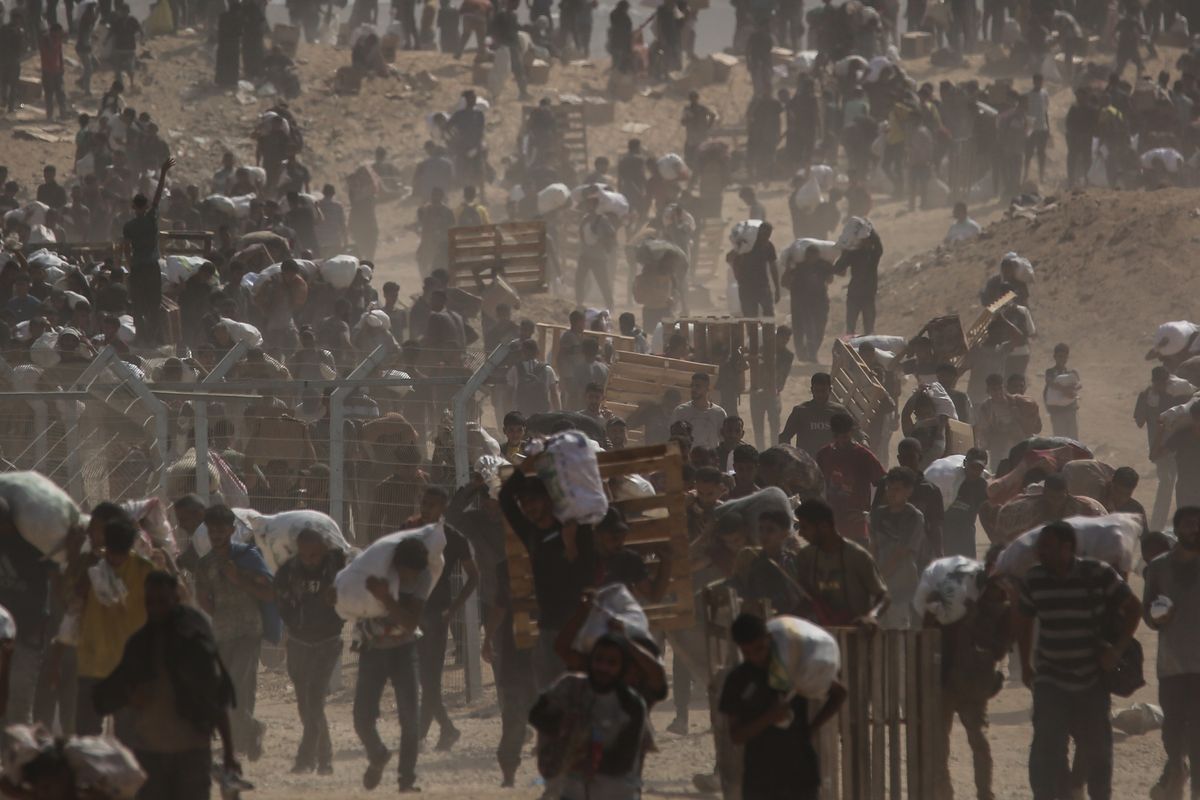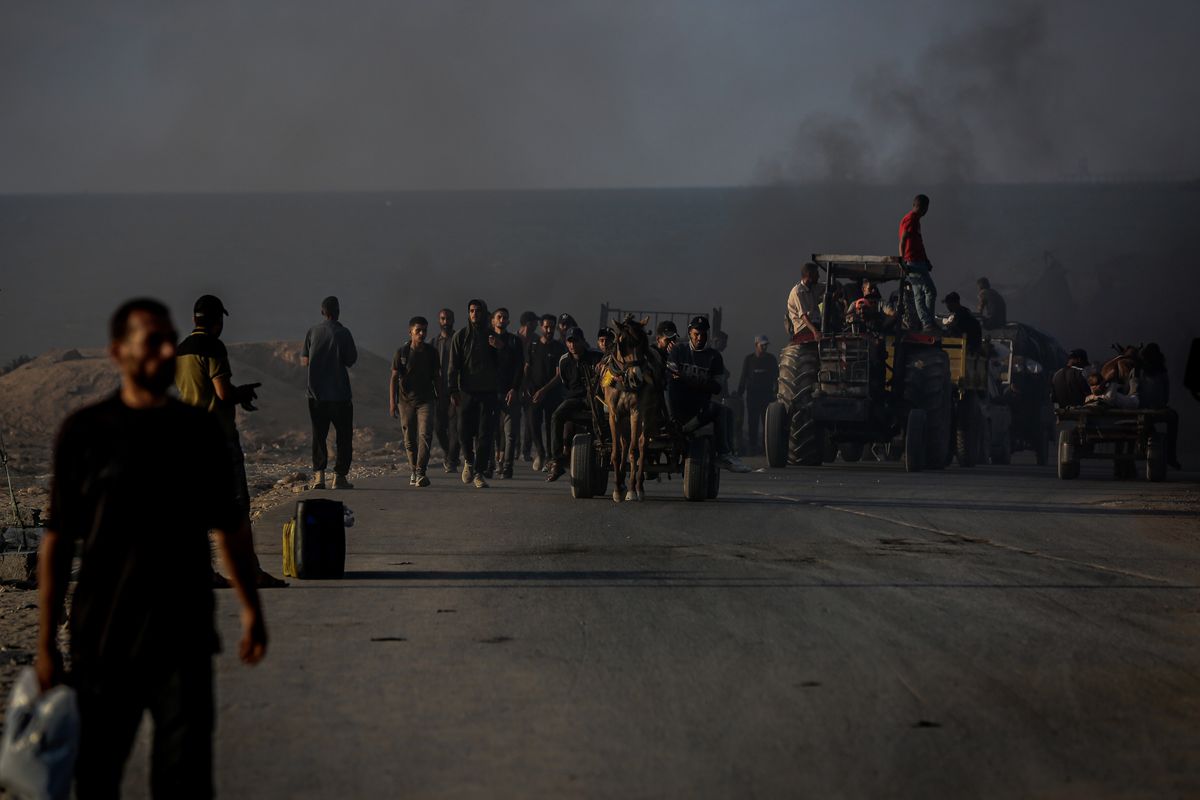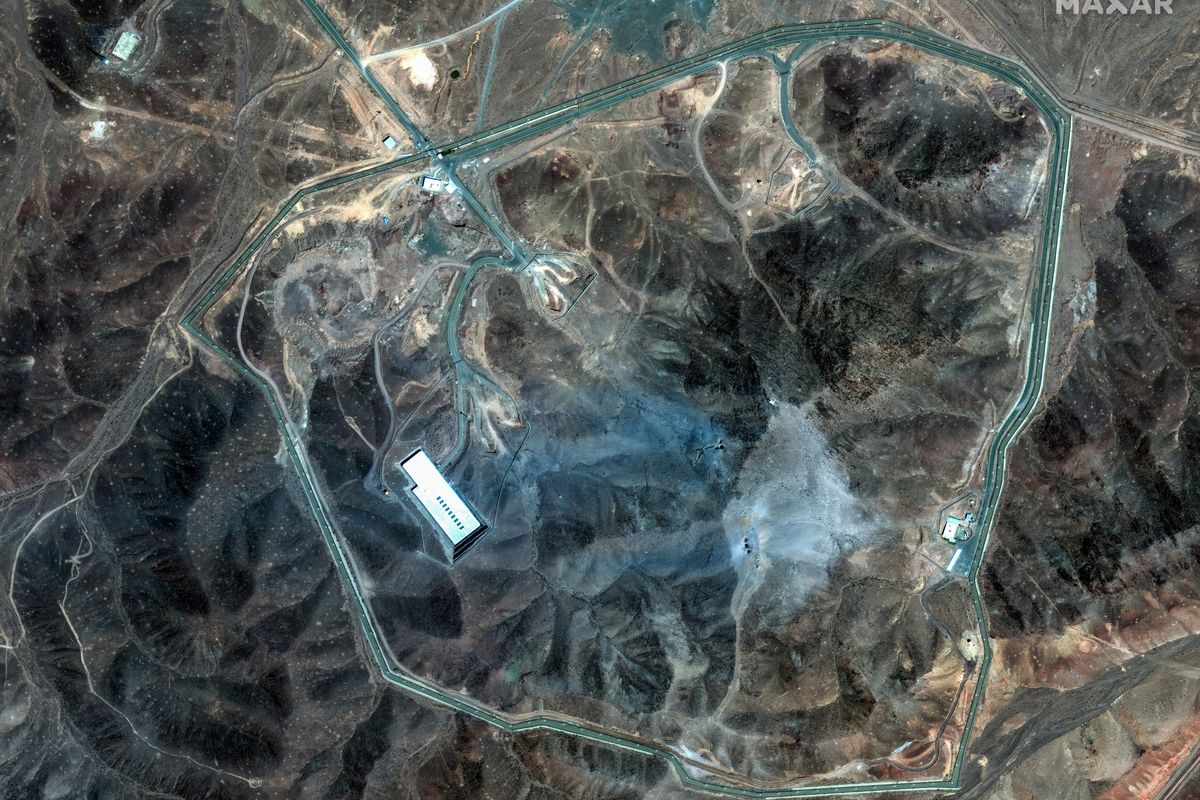The terrorist attacks on the Iranian Parliament building and the Mausoleum of Ayatollah Ruhollah Khomeini, the founder of the Islamic Republic, marked the first time ISIS has been behind a major attack waged inside Iran and appeared to catch authorities by surprise. At least 12 people were killed and more than 40 were injured during the attack on Wednesday when five assailants armed with assault rifles and explosive vests stormed the two sites.
The Cipher Brief sat down with Paul Pillar, former National Intelligence Officer for the Near East and South Asia at the CIA about the ISIS threat to Iran.
The Cipher Brief: How rare is this kind of attack in Iran? From what you’ve seen, how organized and sophisticated were the attackers?
Paul Pillar: ISIS had not previously been successful in mounting significant attacks in Iran, but since the Iranian Revolution of 1979, there has been a substantial amount of terrorism inside Iran. The most prolific perpetrator of such attacks has been the Mujahedin-e Khalq (MEK), the Marxist/Islamist Iranian group that at times worked on behalf of Saddam Hussein's Iraq. Iranian Supreme Leader Ayatollah Ali Khamenei lost the use of his right arm from an MEK bomb in an assassination attempt in 1981.
TCB: ISIS has claimed responsibility for the attack and reports are highlighting recent attempts by the group to expand in Iran. How serious are those attempts? Does this attack mean that ISIS’ recruiting efforts within Iran’s Sunni minority have been successful?
Pillar: ISIS has had ample reason to make major efforts to mount attacks against Iran. Iran has been one of its biggest foes, especially within Iraq. It is too early to draw conclusions about details of preparation for the attacks, including the issue of a role for Iranian Sunnis.
TCB: Iranian news agencies and politicians are also suggesting that Saudi Arabia, the U.S., and a variety of Iran’s other opponents may have been involved. What do you think is behind these accusations?
Pillar: Cross-Gulf tensions already were especially high in the wake of U.S. President Donald Trump’s visit to Riyadh – in which animosity toward Iran was a major theme – followed by the ostracism of Qatar, in which there again was an anti-Iranian angle. In such an environment, it is easy to believe the worst or at least make accusations to that effect.
TCB: How could this affect the diplomatic crisis with Qatar?
Pillar: There is less likely to be an effect of the terrorist attacks on the isolation of Qatar, than the other way around. The Qatar crisis is one of the factors that already raised Iranian suspicions about how aggressive the Saudis will become in opposing Iran and trying to keep it from having worthwhile relations with other states in the region.
TCB: Iranian President Hassan Rouhani – a relative moderate – just won his re-election against strong opposition from hardline candidates. How will this attack affect Iranian politics and will it leave Rouhani weaker?
Pillar: Rouhani may be weakened in the same way that moderates in any country are vulnerable to charges from hardliners that the incumbent leader has not been tough enough to prevent terrorism and to protect citizens from such attacks.
TCB: Have a significant number of Iranians traveled to Syria and Iraq to fight on behalf of ISIS?
Pillar: No. Iran doesn’t even appear in most appraisals of the national origin of ISIS fighters.
TCB: What is the current state of relations between Iran’s Shiite majority and Sunni minority?
Pillar: Iranian Sunnis experience some discrimination, and the authorities tend to look on Sunnis with suspicion as possible sources of religious extremism of the Wahhabi or Salafi variety. Most Iranian Sunnis, however, are members of minority ethnic groups such as Kurds or Baluch, and it is hard to say how much any differential treatment is due to religion rather than other factors. Iranian President Hassan Rouhani has made religious toleration, including fair treatment for Sunnis, one of his issues, and he fared well in areas with substantial Sunni populations during the recent election.
TCB: Should we anticipate more attacks in Iran especially after Isis released a video in march in Farsi calling for more attacks?
Pillar: Yes, subject to the ability of the group to mount such attacks. The difficulty in recruiting Iranians into ISIS is a handicap for the group, although obviously not a large enough one to have prevented the attacks that just took place in Tehran.



